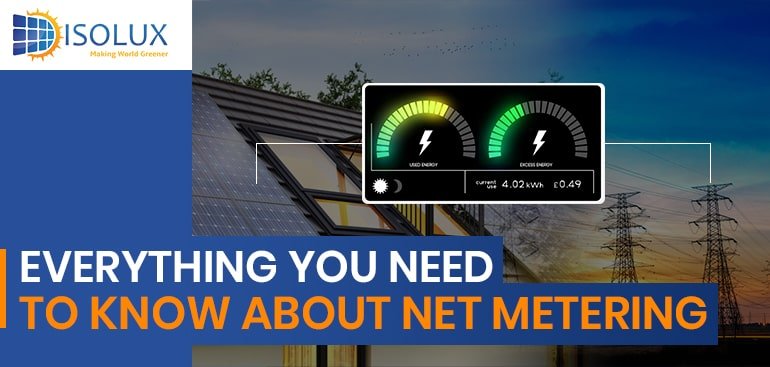Installing solar panels in a residential strata property involves several considerations due to the shared ownership and management structure. Some strata properties may have specific rules regarding exterior modifications. Working closely with professionals like Isolux Solar and involving all stakeholders in the decision-making process is advisable.
Let’s get into installing solar panels in a strata property.
Solar Advantage in Residential Strata
1. Savings on Energy Bills
Harnessing solar power translates into substantial savings on electricity bills for both common areas and individual units within the strata scheme.
2. Swift Return on Investment
The relatively short payback period ensures that the initial investment in solar panels becomes a sound financial decision, with long-term gains for the entire community.
3. Elevated Property Values
Residential properties equipped with solar panels often enjoy heightened market values, presenting a compelling case for strata communities to invest in sustainable infrastructure.
4. Environmental Stewardship
By embracing solar power, strata schemes actively participate in reducing carbon emissions, contributing to a more environmentally conscious and sustainable living environment.
5. Stable Base Load
Solar power provides a consistent base load, ensuring a reliable and uninterrupted energy supply to meet the needs of the strata community.
6. Government Incentives
Accessing government incentives sweetens the deal, offering financial support to strata schemes committed to environmentally friendly and energy-efficient initiatives.
Challenges in Solar Adoption for Residential Strata
1. Perceived Complexity
The intricate nature of solar installations may act as a deterrent, leading to hesitation among strata communities to embark on this sustainable journey.
2. Decision-Making Dynamics
Strata schemes often grapple with complex decision-making processes, potentially slowing down the approval and implementation of solar projects.
3. Financial Feasibility Evaluation
Evaluating the solid financial case for solar investment proves challenging, requiring meticulous analysis of the potential return on investment and payback period.
4. Equitable Energy Distribution
Dividing solar energy among units while ensuring fair distribution poses a significant hurdle, demanding innovative solutions to track and allocate energy consumption.
5. Structural Considerations
Unique structural challenges, such as flat and concrete roofs, tall buildings, and additional installation costs, may impede the seamless integration of solar panels within the strata scheme.
6. Diverse Occupancy Dynamics
The mix of renters and owner-occupiers within strata communities introduces a challenge in aligning incentives, as residents’ motivations for solar adoption may differ.
Strategies for Successful Solar Implementation
1. Open Communication Channels
Establish transparent communication channels within the strata community, facilitating discussions on the benefits and challenges associated with solar adoption.
2. Financial Analysis
Conduct a comprehensive financial feasibility study to assess energy usage, evaluate potential returns, and determine the optimal size of the solar PV system for the strata scheme.
3. Permission Protocols
Understand the permissions required based on the installation location, whether on common property, individual lots, or someone’s designated area, to streamline the approval process.
4. Community Engagement
Engage the strata community in the decision-making process, ensuring that all residents are informed and empowered to contribute to the sustainable future of the strata scheme.
Solar Solutions for Residential Strata
1. Common Area Solar Systems
Installation of solar panels dedicated to common areas ensures simplicity, with cost savings benefiting all owners through reduced strata levies.
2. Separate Systems for Each Unit
For strata schemes where individual unit owners prioritize direct benefits, separate solar systems for each unit offer a tailored approach, although challenges in roof space allocation may arise.
3. Integrated Embedded Networks
The implementation of an embedded network, though complex, presents an equitable solution for solar energy distribution, potentially leading to reduced electricity rates for individual units.
Conclusion
Residential strata schemes stand at the forefront of a solar-powered revolution. By navigating the challenges, embracing open communication, and tailoring solar solutions to their unique dynamics, these communities can illuminate a sustainable path forward, ensuring a greener and more cost-effective future for all residents.
Get an obligation-free quote from Isolux Solar today!




